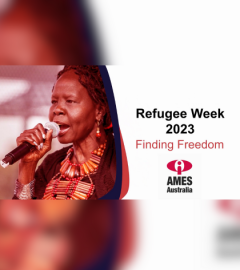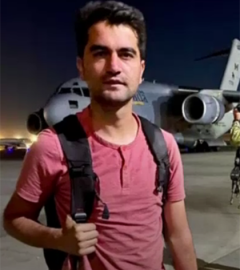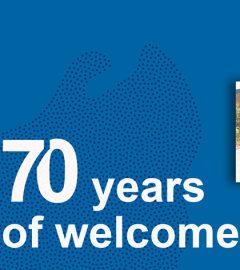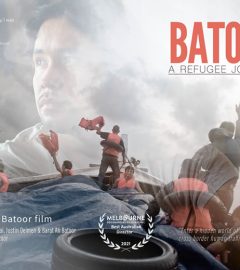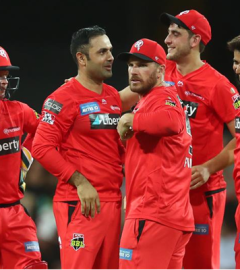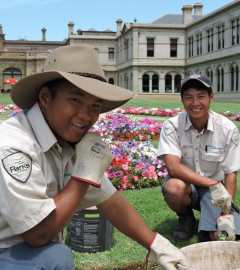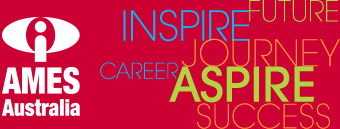30 years since Srebrenica genocide
This week marks 30 years since the Srebrenica genocide which saw the massacre of more than 8,000 Bosnian Muslims.
In July 1995, Bosnian Serb troops overran a United Nations declared “safe area” where thousands of Bosnian Muslims had sought refuge.
Tens of thousands of Bosnia Muslims had earlier fled the Bosnian Serb army and were being protected by 600 lightly armed Dutch peacekeepers in the enclave in eastern Bosnia.
But on July 6, the Bosnian Serb army advanced. They took some of the Dutch soldiers hostage and demanded that the Bosnian Muslim fighters hand over all of their weapons in return for safety.
The Serbs then took away men aged 12 to 77 for what they said would be interrogation.
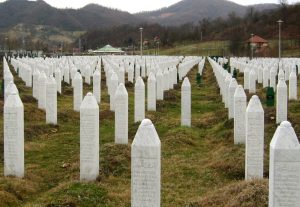 The first killings began just two days later and, over five days, more than 8000 Bosnian Muslims were killed.
The first killings began just two days later and, over five days, more than 8000 Bosnian Muslims were killed.
Also, 23,000 women and children were forcibly deported amid widespread reports of rape and torture.
Caught up in the genocide was Bosnian-Australian artist Saidin Salkic, who was then a boy.
The filmmaker, poet, writer and visual artist says the worst mass killing in Europe since the end of World War II still lives with him.
“For me Srebrenica is the present. I live with that every day,” Saidin said.
Saidin’s 33-year-old’s father was captured as he attempted to hike a forest trail to the town of Tuzla.
His execution was recorded on the infamous ‘Skorpions video’ which emerged in 2005 finally confirming the murderous excesses of the Bosnian Serbs.
“On SBS News in 2005, I saw the execution of my father in the video with five other Bosnians,” Saidin said.
“He was wearing the same blue shirt I saw him wearing last. He was executed last. He was made to pull the bodies of other people that had been executed into the bushes,” he said.
The video was instrumental in bringing the leaders of the Serb forces – including Bosnian Serb commander Ratko Mladic, President Radovan Karadzic and the paramilitary leader known as Arkan – to justice.
It became the ‘smoking gun’ – the final, incontrovertible proof of Serbia’s part in the Srebrenica massacres – when it was shown at the UN’s war crimes tribunal for the former Yugoslavia in The Hague.
The brutal tape shows the execution of six Bosnian Muslim prisoners, four of whom were under 18. The beaten prisoners, hands bound, are shown lying face down in a lorry. A guard kicks one in the head.
They are ordered off the truck, told to lie down and, in a later clip, shot in the back while standing.
The first four to die are ordered to walk forward, one by one, and then shot. Then the hands of the last two – one of them Saidin’s father – are unbound and they are told to carry the bodies to another spot, where they are also shot.
Saidin is still haunted by those times.
“Everybody I ever played with never came through. Never came back,” he said.
Saidin said images currently coming out of Gaza are reminiscent of his memories of Srebrenica.
“After Srebrenica, the world said, ‘never again’ and the perpetrators were brought to justice,” he said.
“But today we are seeing something similar happening in Palestine.” he said.




